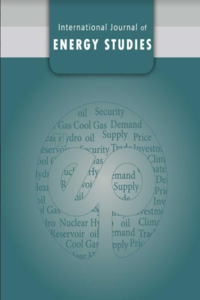
Turkey’s ongoing national and international gas adventures are until now a success story. The dream to become an energy hub has been positively supported by ongoing largescale LNG import facility projects, gas storage expansion and the already well-known Turkish gas-pipelines, which are partly built to link up to the European markets. Russia’s renewed interest to use Turkey as one of its main transit routes to the European Union has been the main basis for the success until now. Central Asia, the Caspian and Iran, are the main other pipeline gas exporters, which have supported Turkey’s energy hub strategy as well. President Recep Tayyip Erdogan has been pushing for these intraregional energy links since the start of his political reign. Bringing in a combined pipeline and LNG gas supply to Turkey, partly to supply the growing local gas demand, also has been material to the increased interest of the European Union in the country’s gas strategies. In stark contrast to Western European countries, Turkey (Erdogan) has, from the start, understood that diversification of supply is necessary not only to increase overall competitiveness in the market but also to be sure that security of energy supply is guaranteed. From the start, Turkey has been mainly looking to the former Soviet Union region, as this still is the main onshore gas supply route. Other gas supplies have been out of reach until recently, due to the geographical position of Turkey or regional instability. Iran, as one of the world’s largest gas producers, holding the second largest gas reserves in the world, always has been on the mind of Turkey as an additional supply route. A main gas pipeline system has already been put in place, supplying Iranian gas to the Turkish markets, but a potential expansion of volumes has been until now constrained by financial and political issues.

| Benzer Makaleler | Yazar | # |
|---|
| Makale | Yazar | # |
|---|